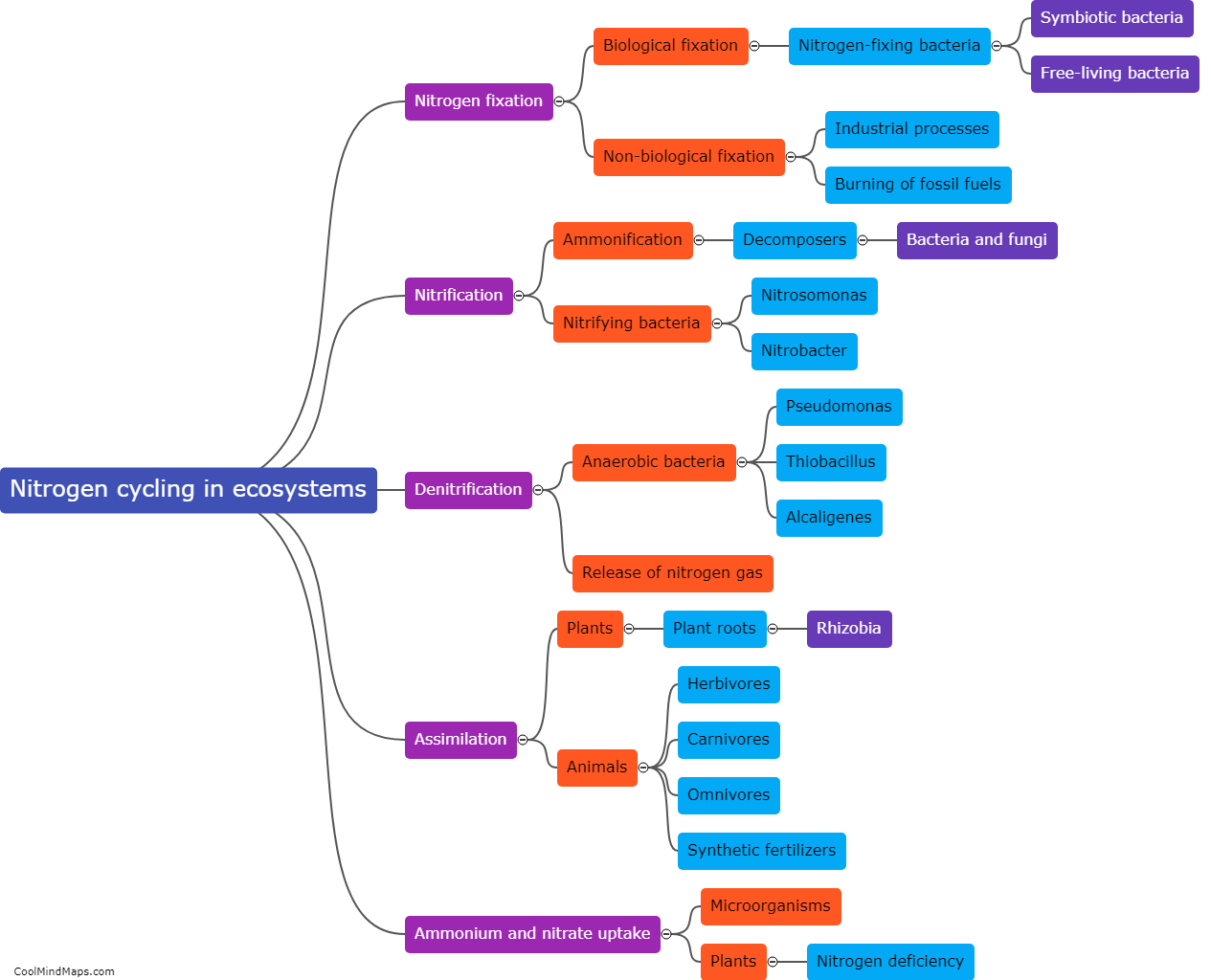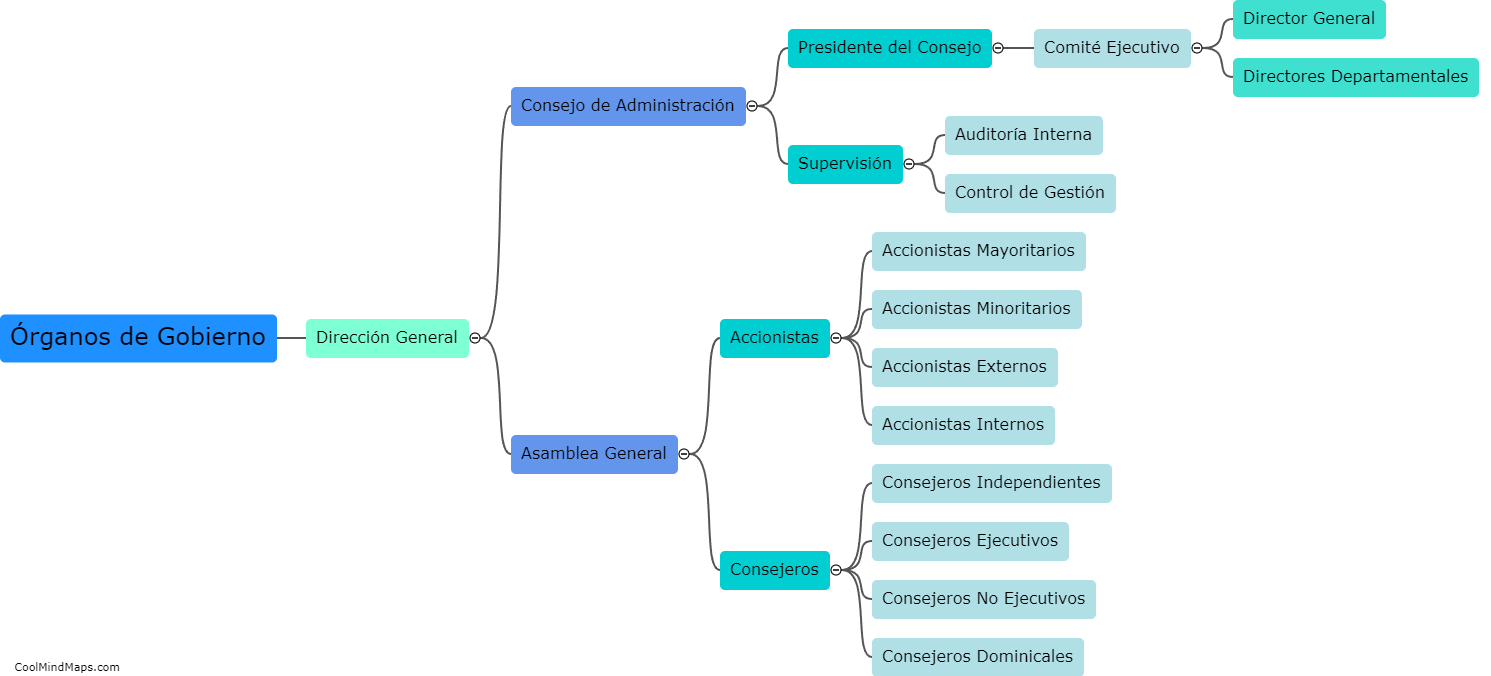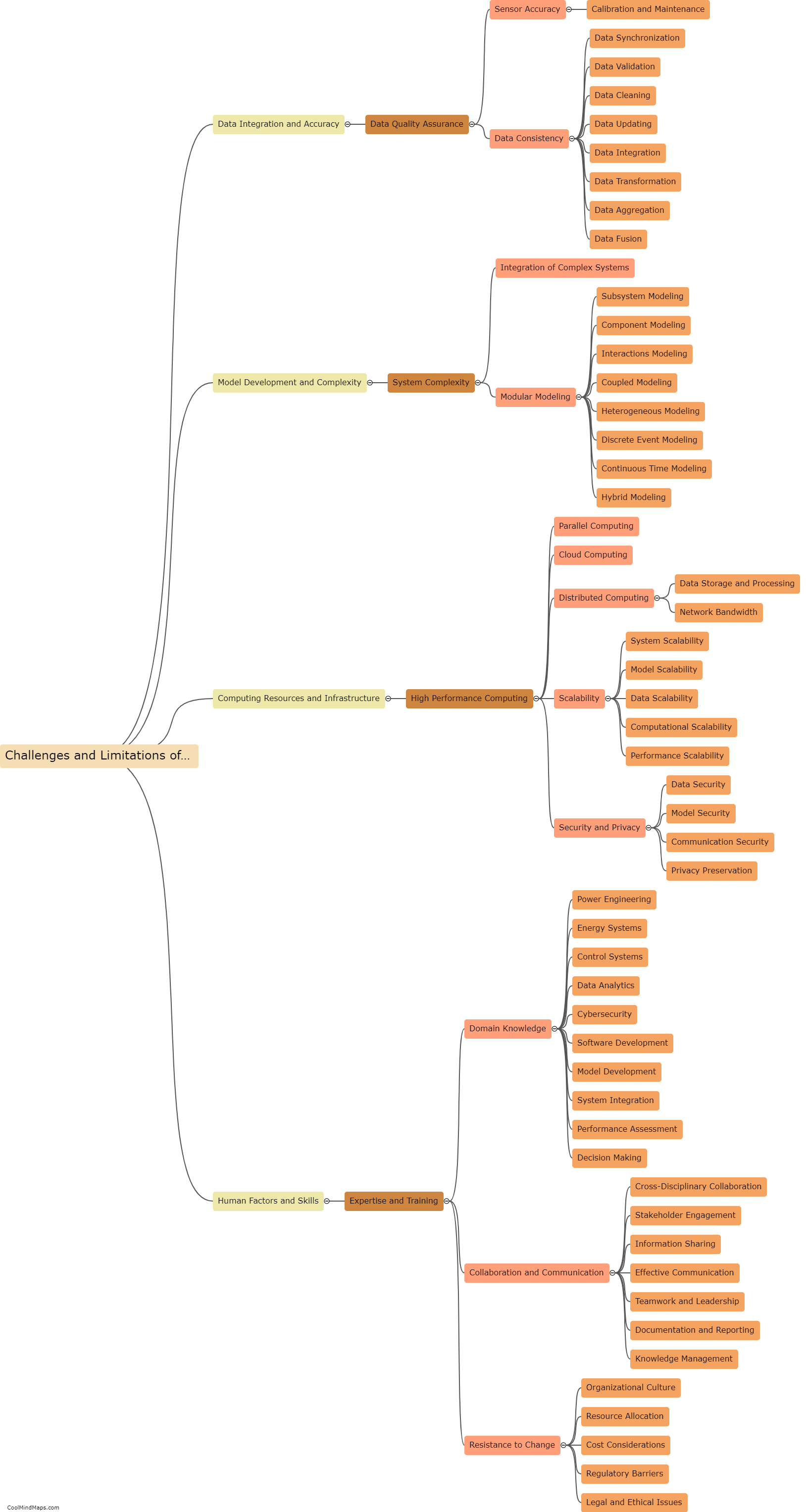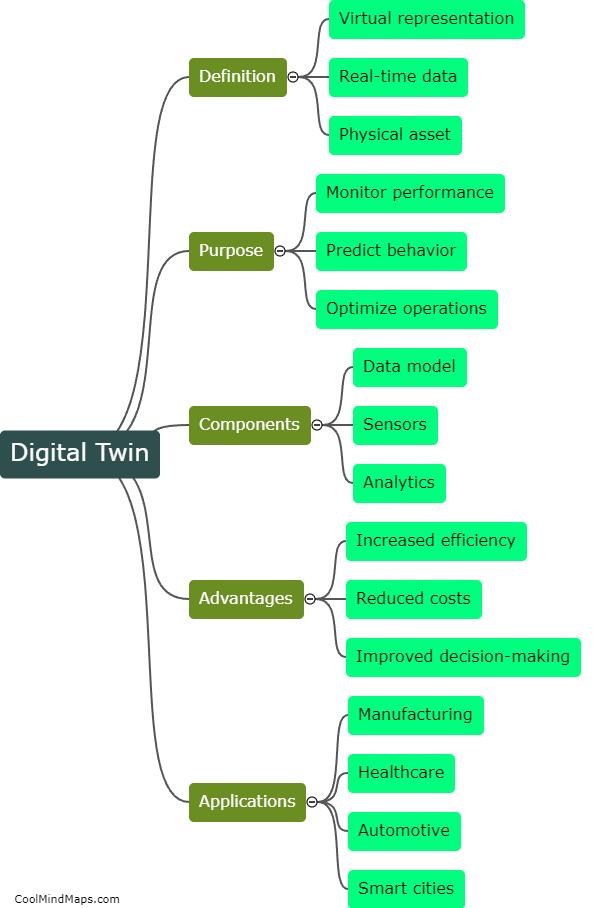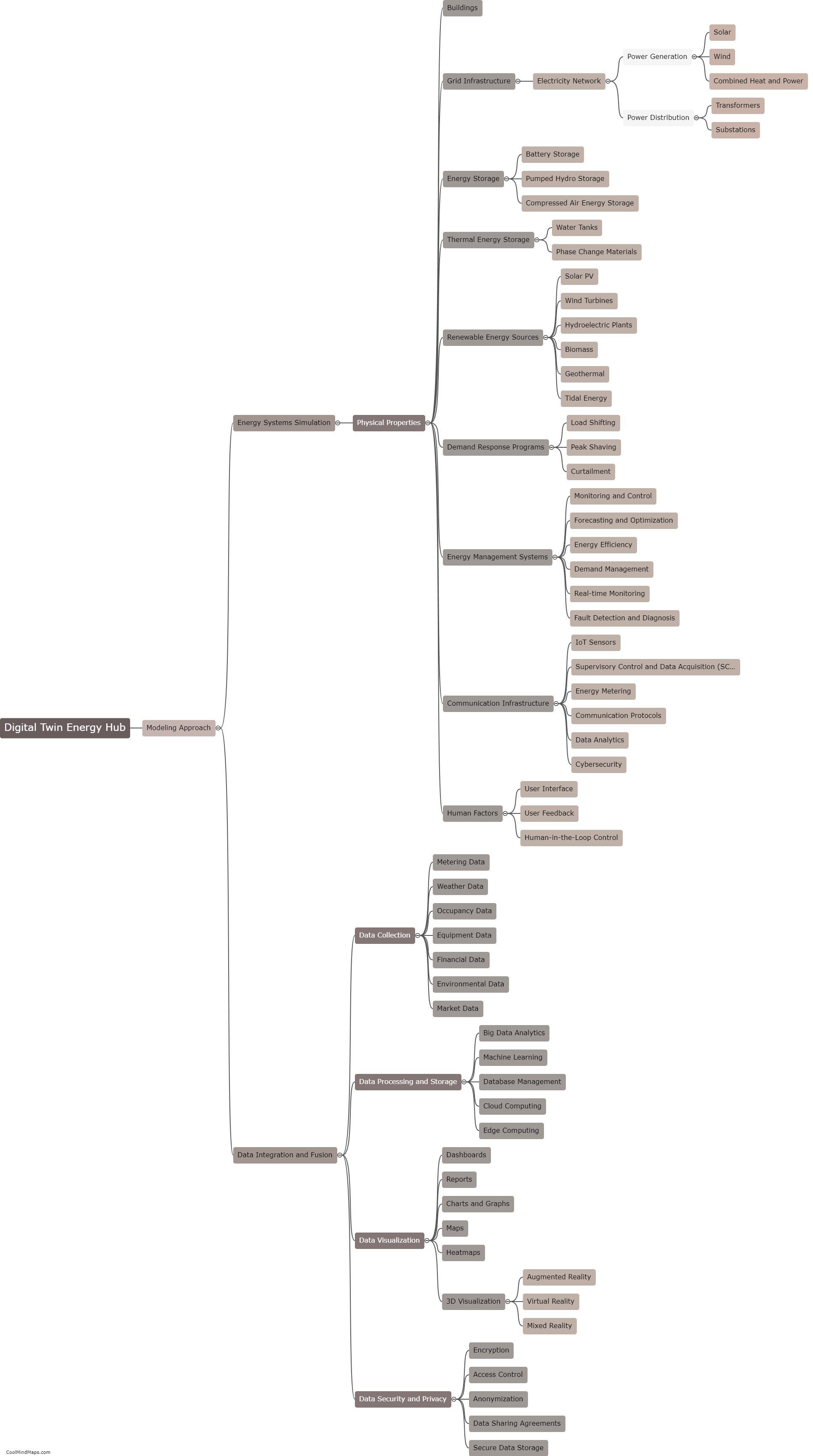What are the key steps to develop a Digital twin for power and energy systems?
Developing a digital twin for power and energy systems involves several key steps. First, data collection is crucial, which requires gathering relevant information about the physical assets and infrastructure, such as power plants, substations, and transmission lines. This includes engineering drawings, sensor data, historical performance data, and operational parameters. The next step involves creating a virtual representation of the assets through modeling and simulation techniques. This includes developing accurate and detailed models that capture the behavior and dynamics of the physical system. Once the models are in place, they are integrated with the collected data to enable real-time monitoring and analysis. This involves setting up a communication infrastructure that enables data exchange between the physical assets and the digital twin. Finally, the digital twin is continuously updated and calibrated to ensure its accuracy and reliability, and it is utilized for various applications such as predictive maintenance, optimization, and scenario analysis to enhance the performance and efficiency of power and energy systems.
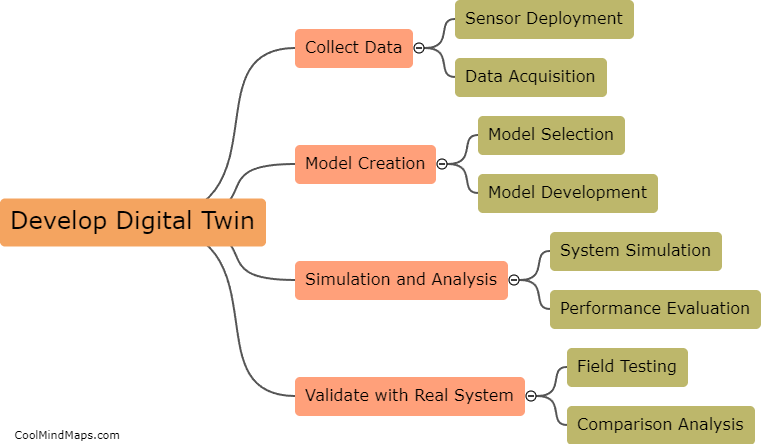
This mind map was published on 23 October 2023 and has been viewed 102 times.




